VHO - The Faculty of Communication and Design, RMIT University Vietnam, in collaboration with Adobe, organized a training course for domestic museums and archives to learn about the role of 3D technology in preserving indigenous culture and heritage.
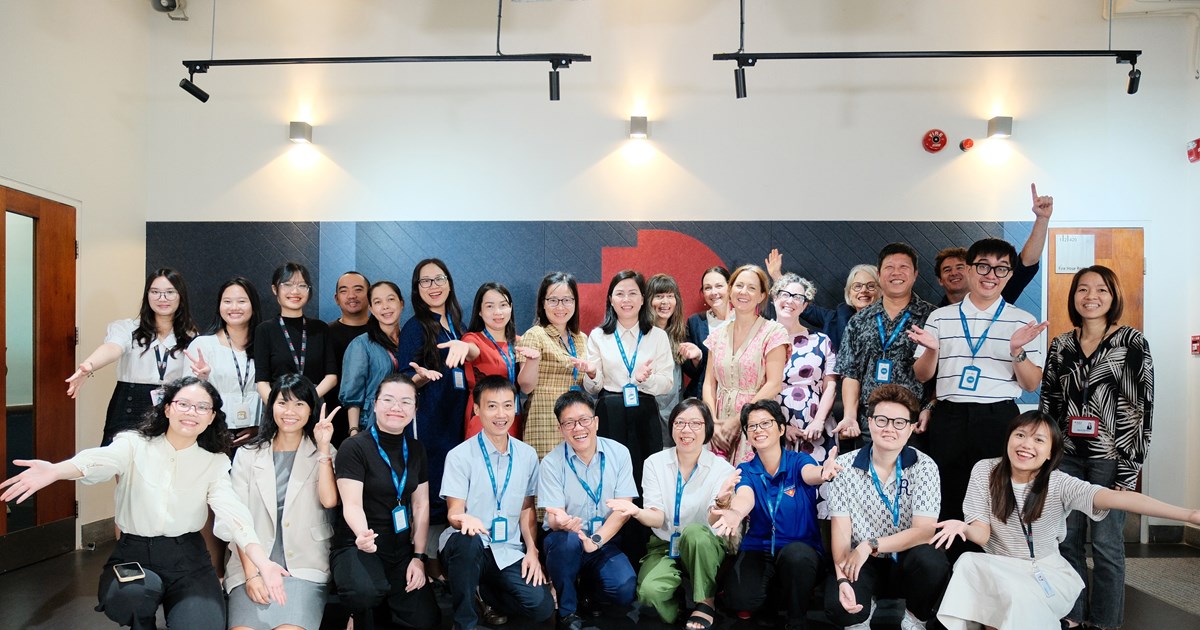
More than 35 participants from domestic museums and archives, as well as RMIT Vietnam faculty and staff, had an interesting experience, especially for those interested in learning about the process of digitizing historical and cultural heritage assets in the digital age.
3D technology, specifically Adobe 3D Substance, is used by many organisations globally. It has been incorporated into RMIT’s fashion, design and digital media programs, helping to enhance creativity in these fields.
However, the application of this technology to the preservation of traditional fashion and textiles of Vietnamese ethnic minorities is still new and in the formative stage.
The Vietnam Design Research Studio towards a Sustainable Fashion Future (VDRS) project, funded by the RMIT University Vietnam Strategic Innovation Challenge Fund, has applied an innovative approach to take advantage of technology in preserving indigenous cultural heritage, thereby raising awareness of preserving traditional values in a modern context.
In an age where globalization and urbanization threaten to erode these rich cultural heritages, an intersectional approach between technology, culture and education not only preserves traditions but also revives them.
By increasing access to future generations through digital means, cultural treasures will continue to thrive and inspire.
Director of National Archives Center IV, Mr. Nguyen Xuan Hung said: “We have certain difficulties in preserving nearly 34,000 Nguyen Dynasty woodblocks currently stored at the center.
These wooden artifacts are large in size, with embossed Chinese characters, patterns, and motifs on their surfaces. If we simply take photos to display in an exhibition, it will not be really impressive and cannot clearly show the details.
According to Mr. Hung, the 3D digitization provided by Adobe's software ecosystem is very suitable for storing these woodblocks, helping to highlight the carvings and supporting the idea of creating virtual exhibitions, allowing visitors to focus on the outstanding details of the artifacts.
If deployed effectively, this technology could pave the way for virtual exhibitions in the future.
Dr. An Thu Tra - Vietnam Museum of Ethnology said that the software is very useful in instantly converting museum artifacts, such as motifs from H'mong or Thai cultures, into 3D format.
Experts note the potential for applying this technology in promoting the museum's communication and education efforts, especially in digitizing traditional costumes and headscarves with unique ethnic designs.
According to Ms. Phuong Thu Hien - Vietnam Women's Museum, in the digital age, museums need a creative approach to introduce artifacts to the public, especially to the younger generation.
“In recent years, many visitors to the museum are young people who want to learn about the history and traditions of Vietnamese women.
We hope that with the application of this new technology, the museum's artifacts will be more vivid and aesthetically pleasing to reach the public, especially young people, thereby educating the tradition and history of Vietnamese women," said Ms. Hien.
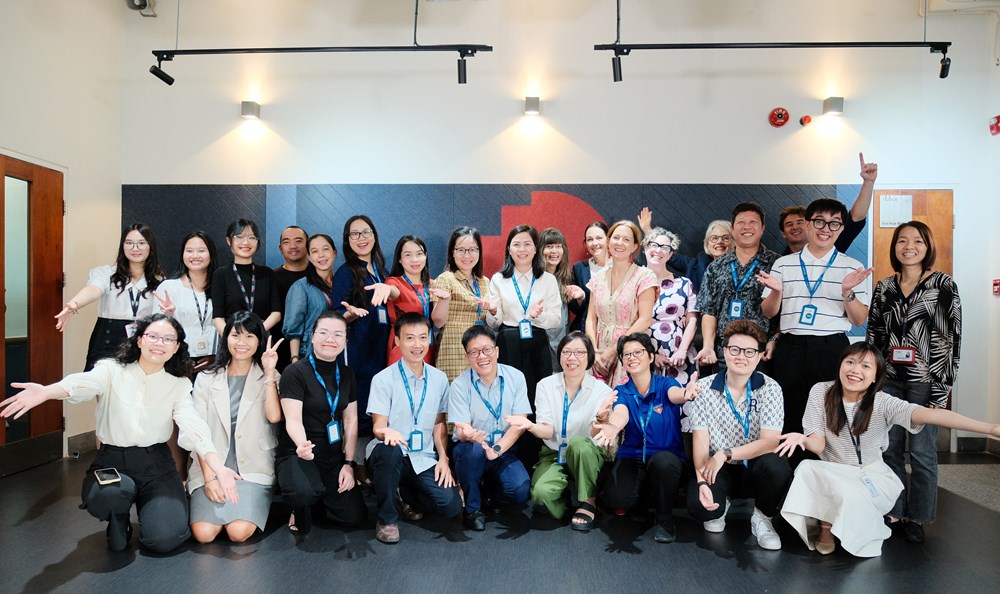
Head of the Fashion Program at RMIT Vietnam and VDRS Project Manager, Corinna Joyce, said that VDRS plays a fundamental role in preserving the traditional knowledge of Vietnam's 53 ethnic minorities.
“We hope to build a platform that not only preserves knowledge but also expands its reach. We are looking at collaborating with artisans to synthesize different knowledge.
In addition to preservation, this also helps bring traditional sewing techniques into a modern context, contributing to the development of the fashion industry,” said Ms. Corinna Joyce.
According to experts, training is part of building this platform, especially from the storage aspect. The organizers hope that traditional techniques and knowledge will be transmitted to more people.
“In Vietnam, traditional garment making techniques are still quite isolated. Through digitalization, we want to build a platform where people can access the beauty, techniques and knowledge behind these traditions. With 3D technology, we believe we can achieve this ambition,” the head of the VDRS project hopes.
The training further strengthens new and existing partnerships between RMIT Vietnam and museums and archives across Vietnam.
In addition, it supports the school's ongoing efforts to combine traditional heritage with modern technological advances, promoting a deeper understanding and appreciation of Vietnam's rich cultural background.
Source: https://baovanhoa.vn/van-hoa/hoi-sinh-di-san-van-hoa-voi-cong-nghe-3d-tien-tien-105291.html


![[Photo] Hundred-year-old pine trees – an attractive destination for tourists in Gia Lai](https://vstatic.vietnam.vn/vietnam/resource/IMAGE/2025/4/17/25a0b7b629294f3f89350e263863d6a3)
![[Photo] Warm meeting between the two First Ladies of the Prime Ministers of Vietnam and Ethiopia with visually impaired students of Nguyen Dinh Chieu School](https://vstatic.vietnam.vn/vietnam/resource/IMAGE/2025/4/17/b1a43ba73eb94fea89034e458154f7ae)
![[Photo] President Luong Cuong receives Kenyan Defense Minister Soipan Tuya](https://vstatic.vietnam.vn/vietnam/resource/IMAGE/2025/4/17/0e7a5185e8144d73af91e67e03567f41)
![[Photo] President Luong Cuong receives Lao Prime Minister Sonexay Siphandone](https://vstatic.vietnam.vn/vietnam/resource/IMAGE/2025/4/17/337e313bae4b4961890fdf834d3fcdd5)
![[Photo] President Luong Cuong receives UN Deputy Secretary General Amina J.Mohammed](https://vstatic.vietnam.vn/vietnam/resource/IMAGE/2025/4/17/72781800ee294eeb8df59db53e80159f)
![[Photo] Prime Minister Pham Minh Chinh and Ethiopian Prime Minister visit Tran Quoc Pagoda](https://vstatic.vietnam.vn/vietnam/resource/IMAGE/2025/4/17/18ba6e1e73f94a618f5b5e9c1bd364a8)
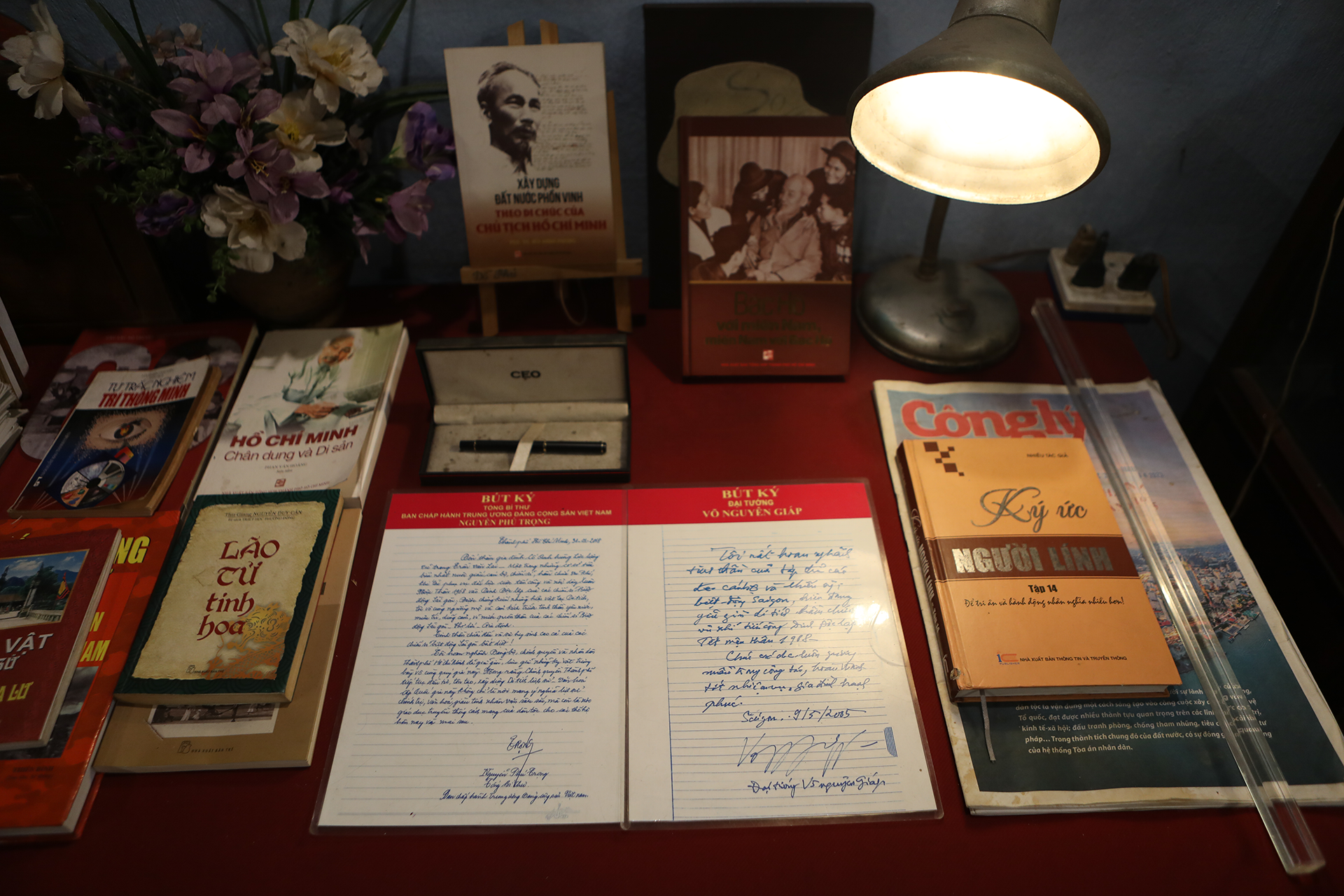

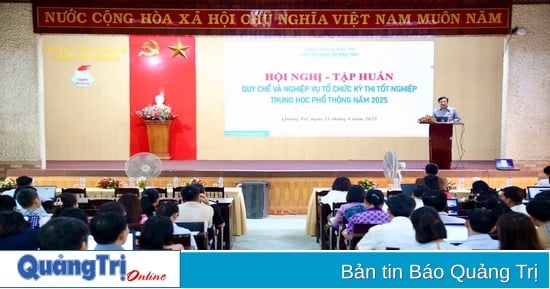



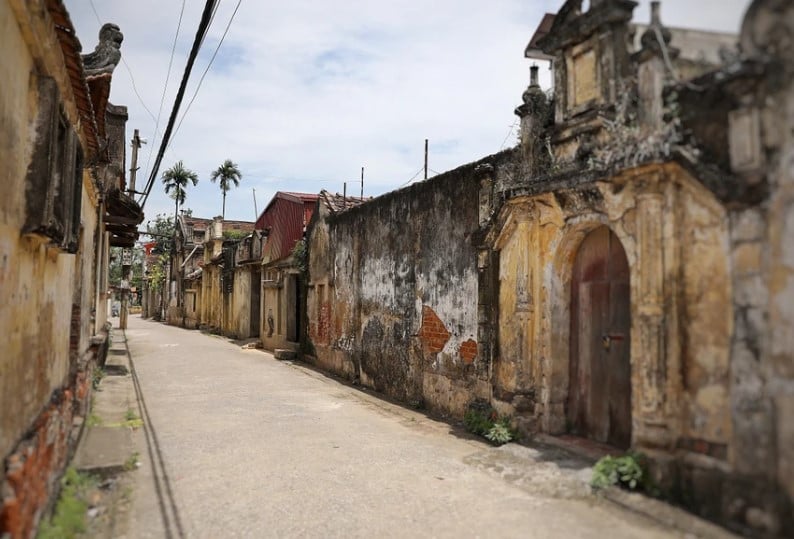
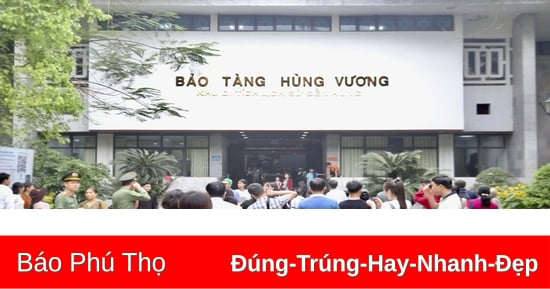
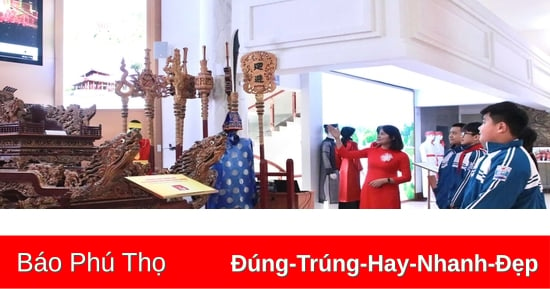










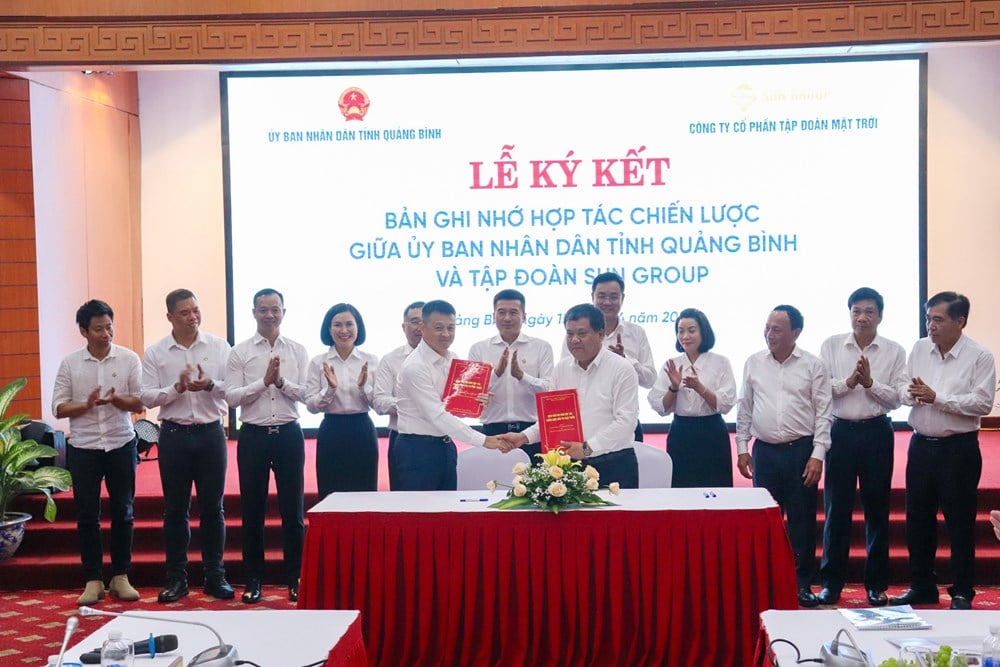
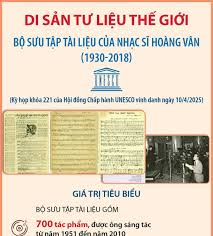
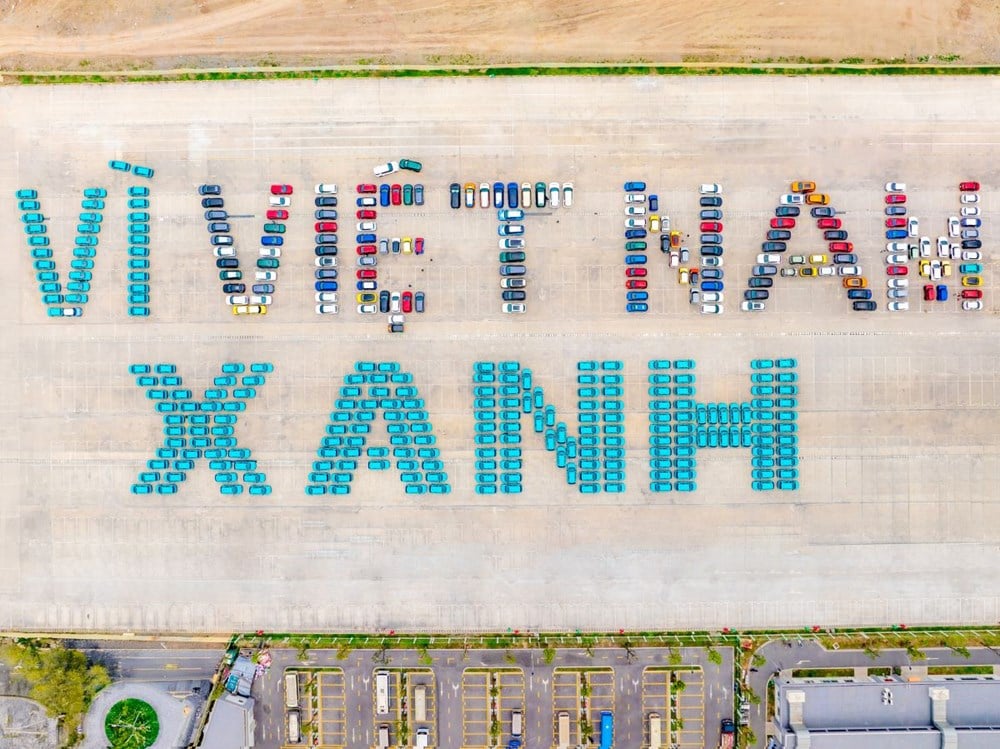


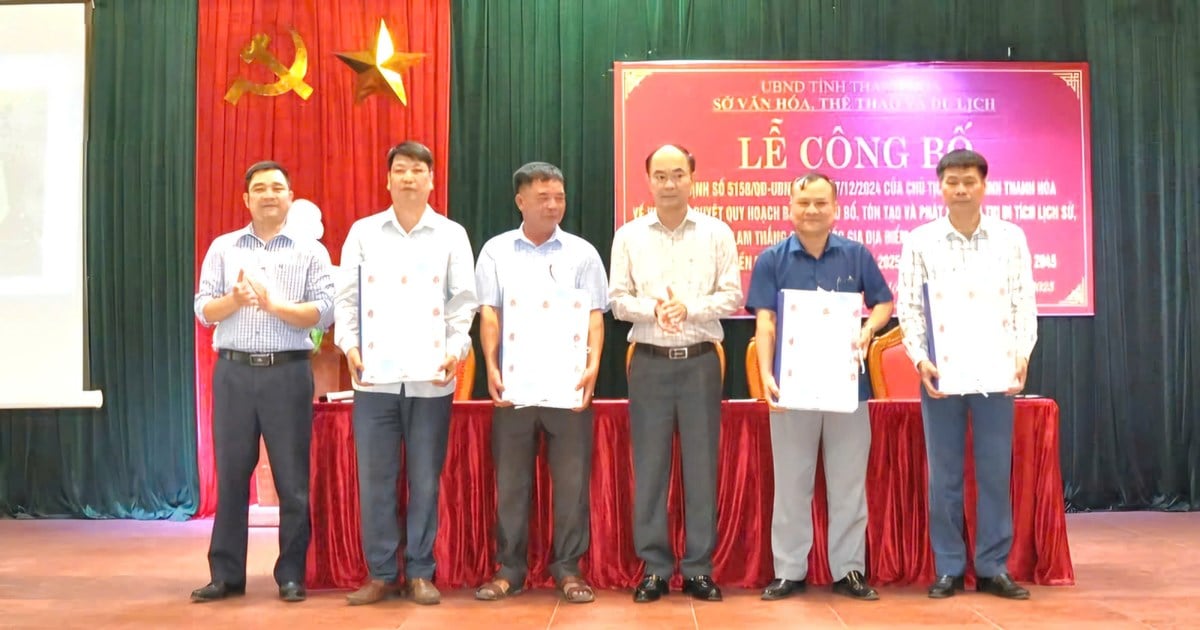




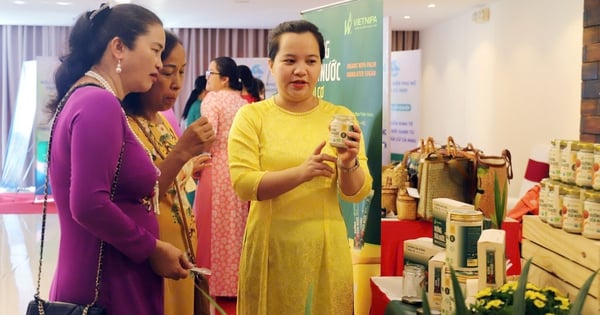






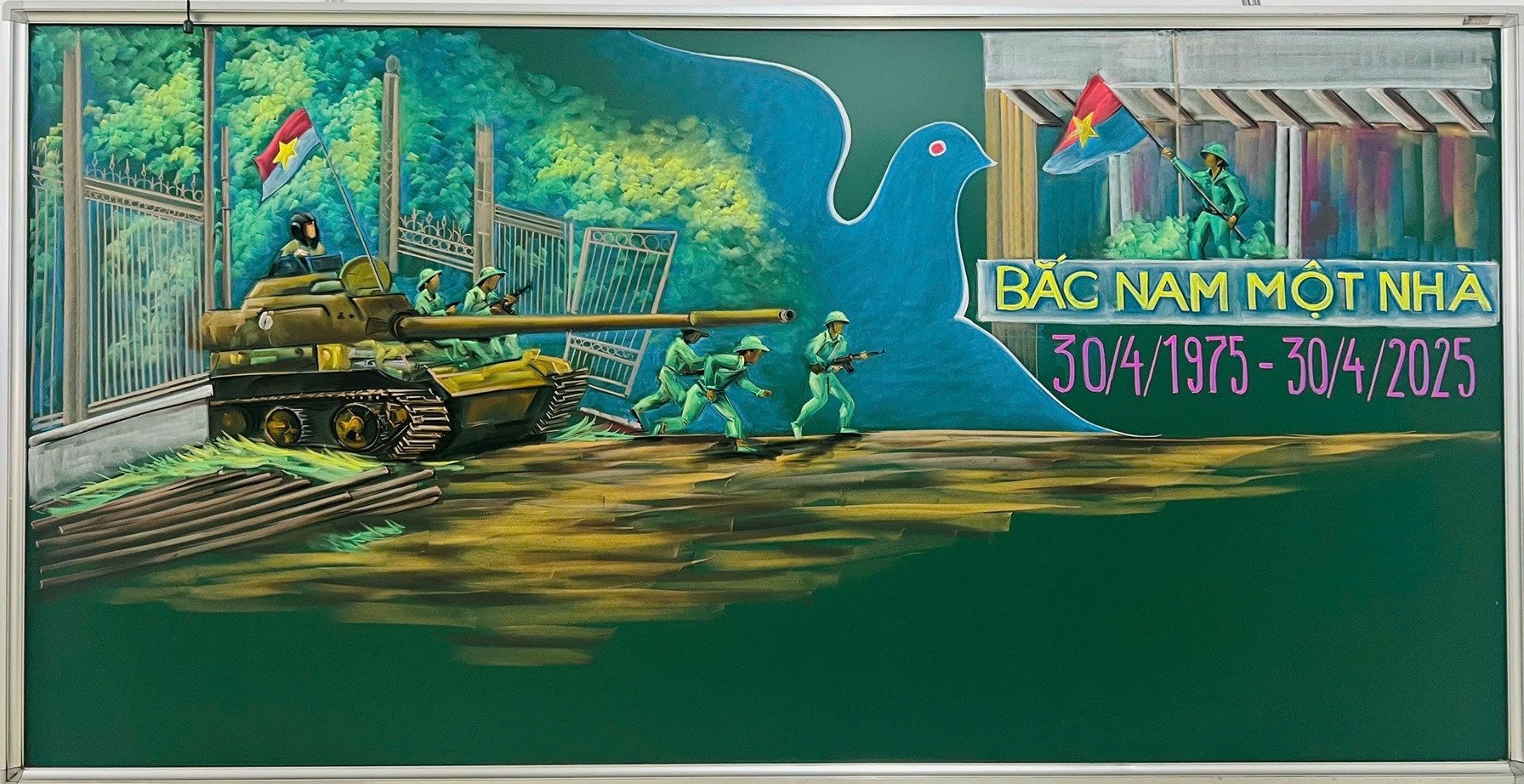
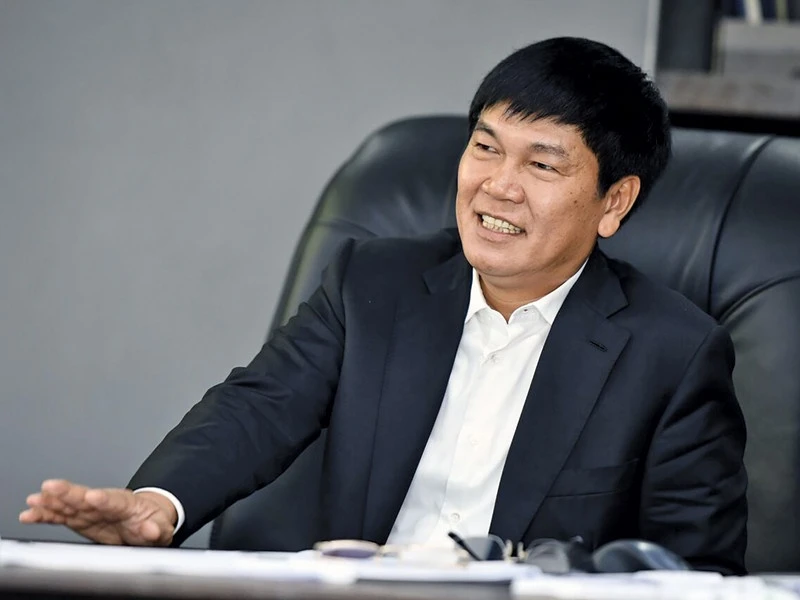



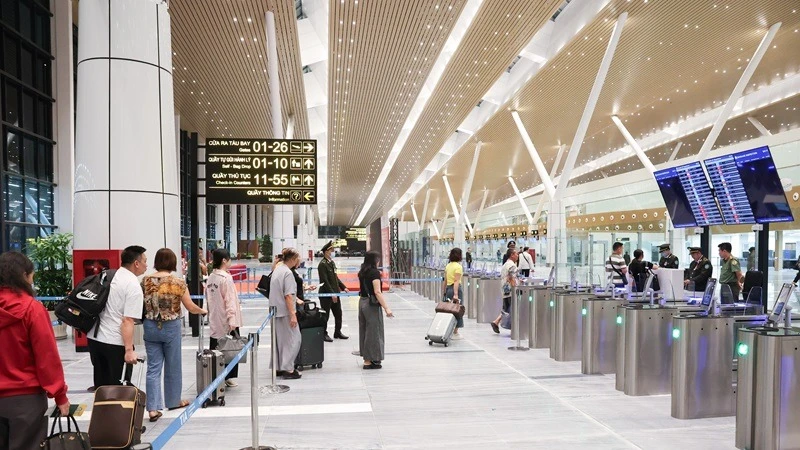



![[Video] Viettel officially puts into operation the largest submarine optical cable line in Vietnam](https://vstatic.vietnam.vn/vietnam/resource/IMAGE/2025/4/17/f19008c6010c4a538cc422cb791ca0a1)
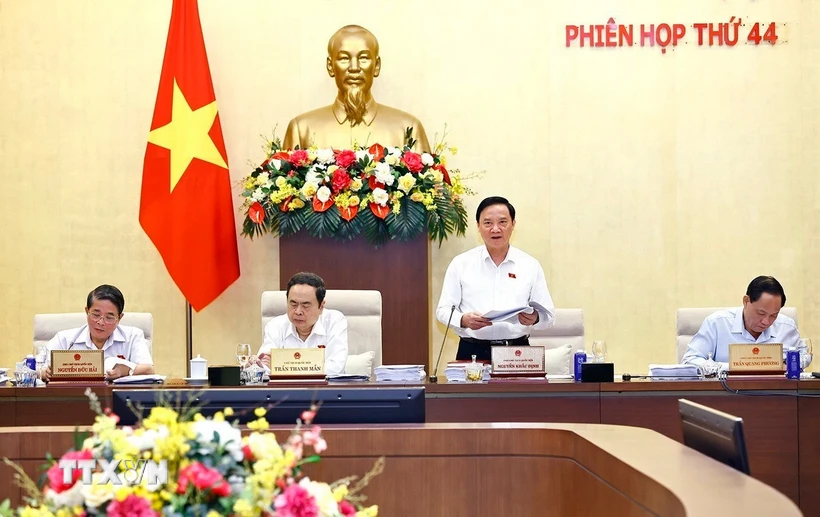
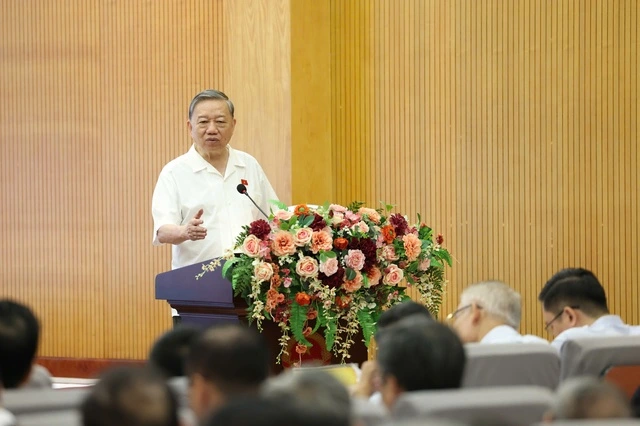

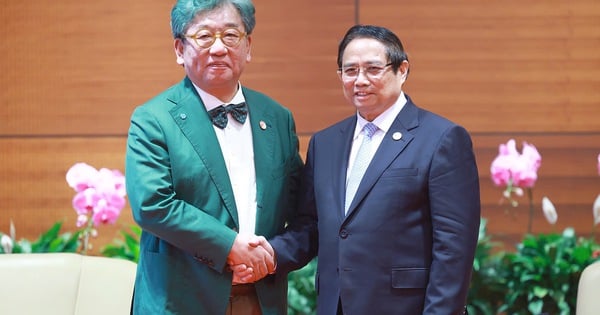


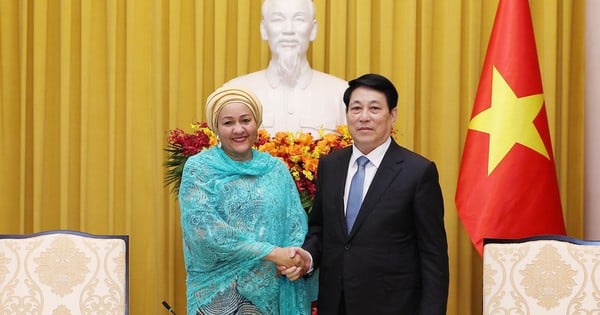




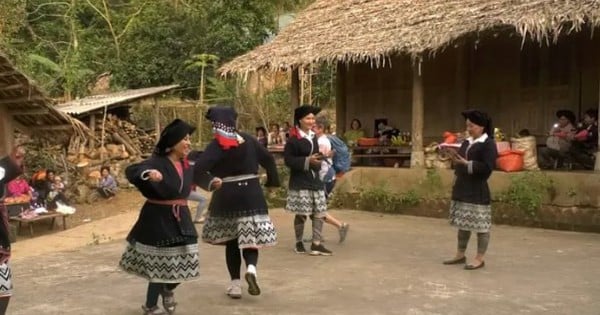


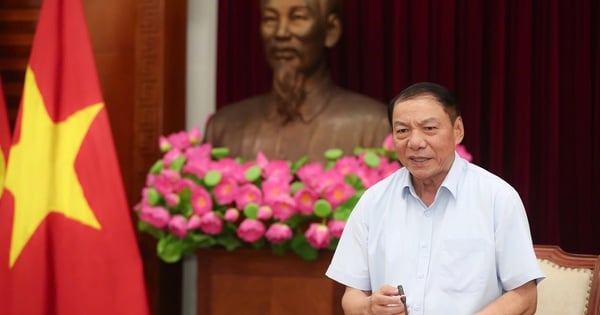
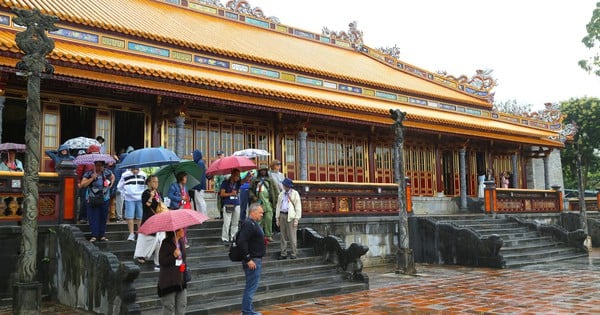
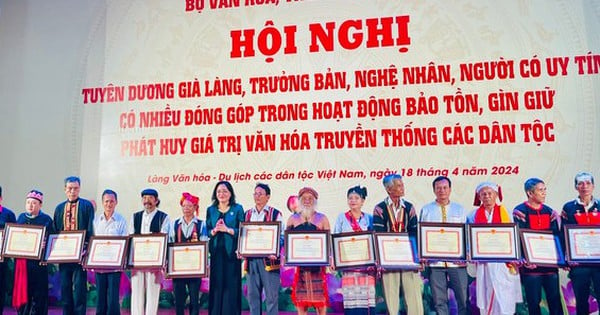






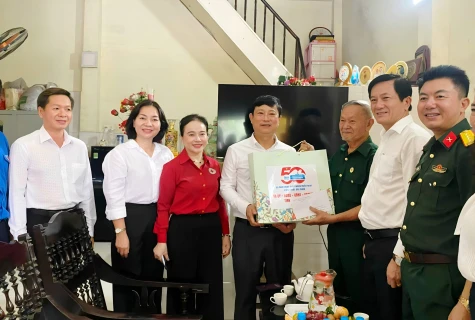



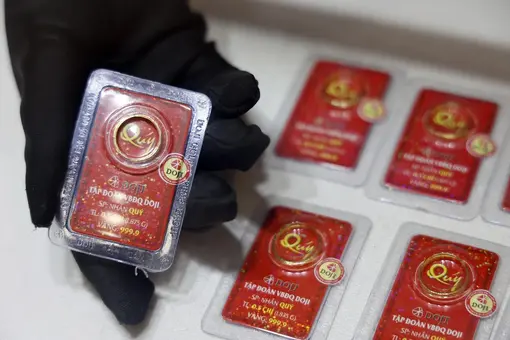

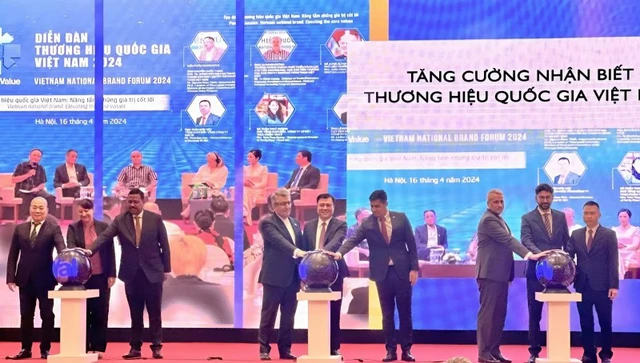



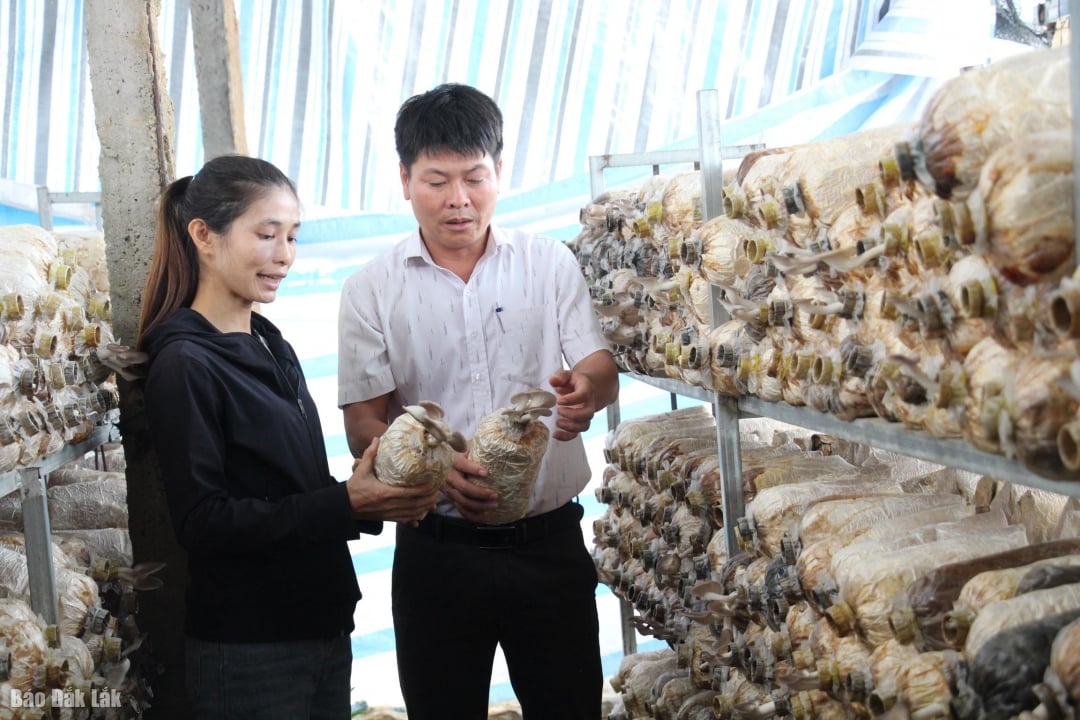

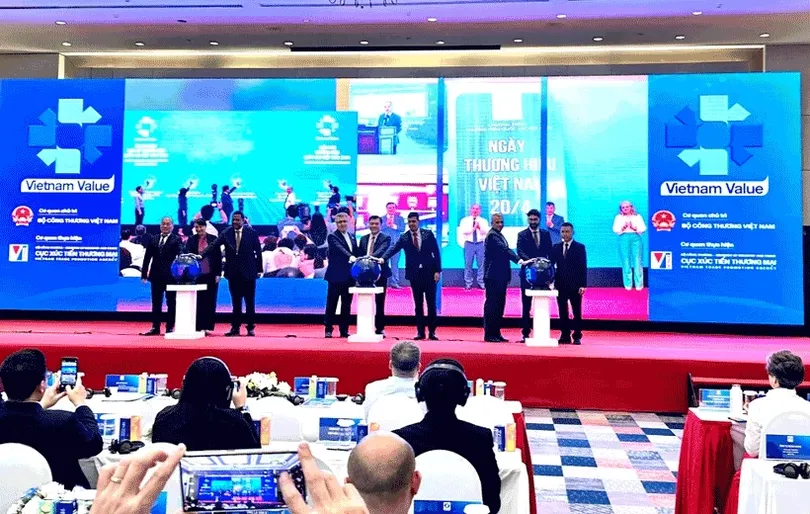




Comment (0)